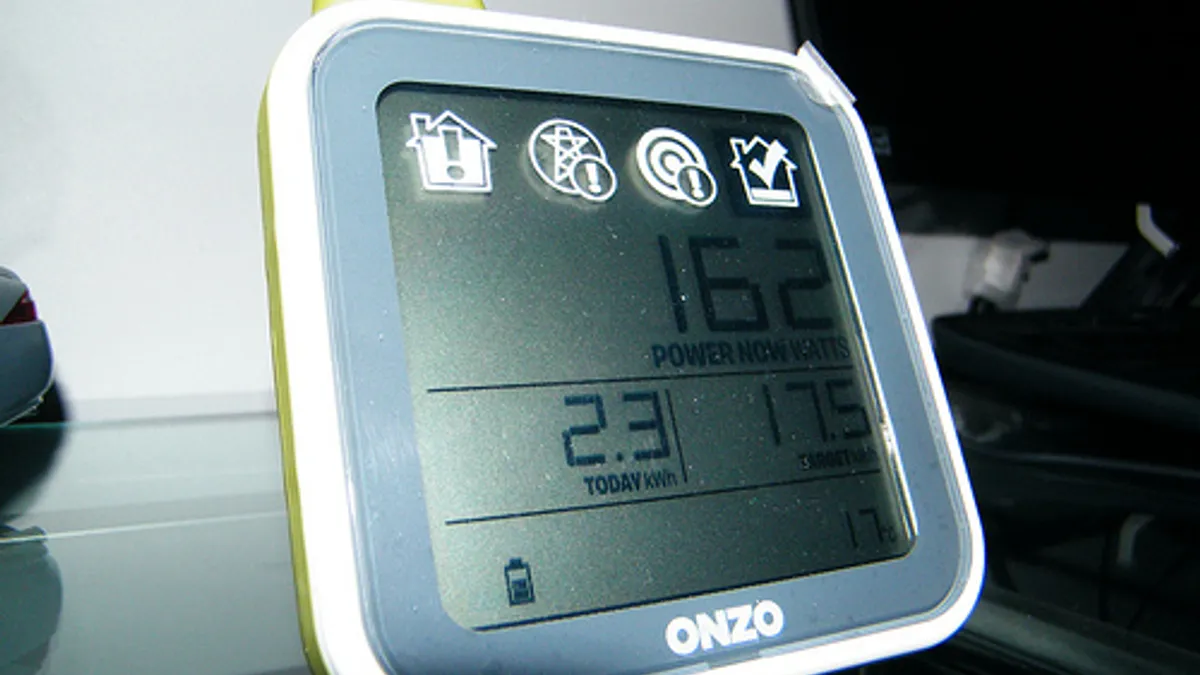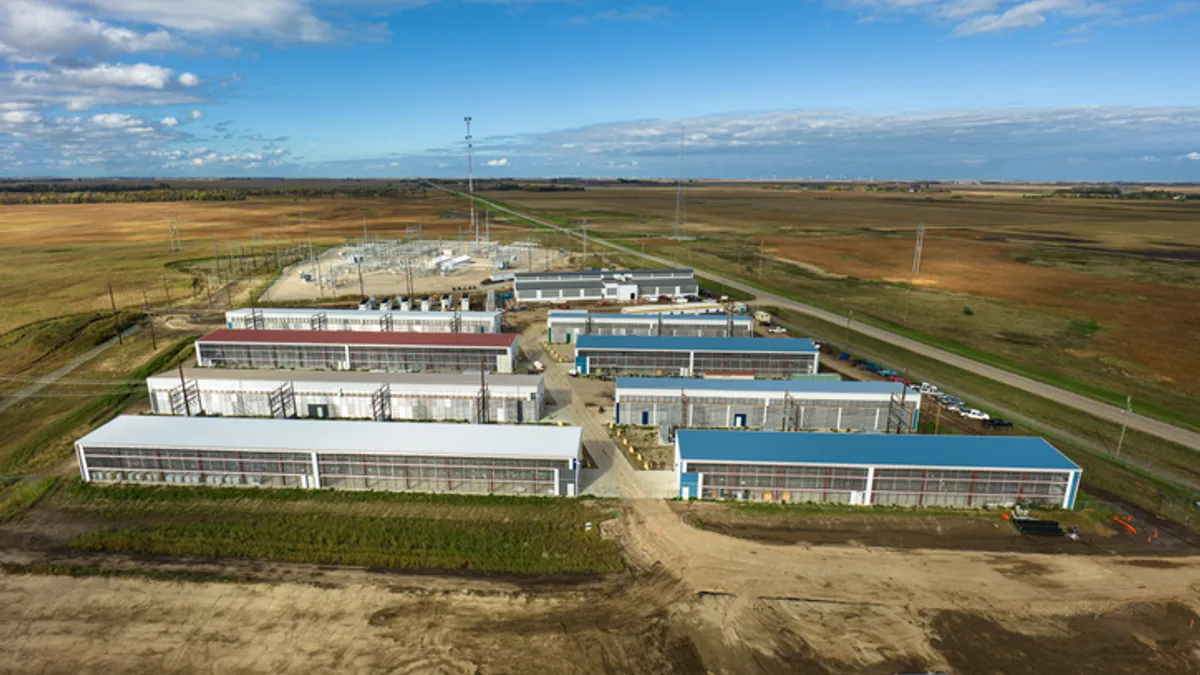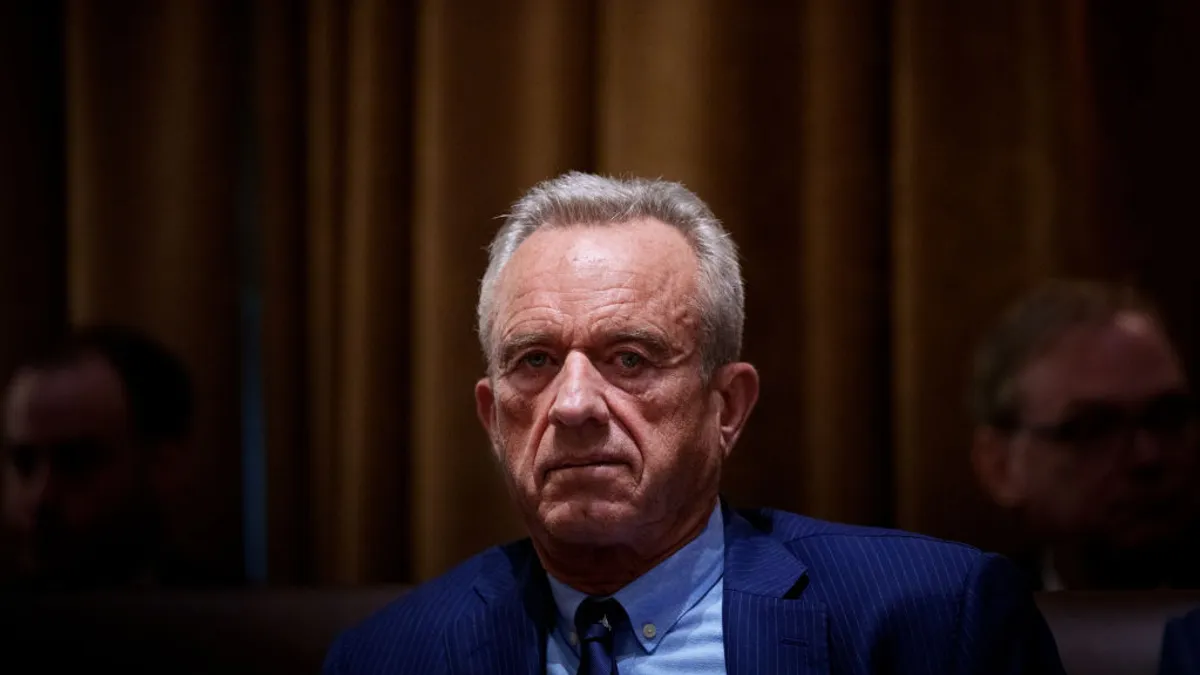There are many situations where utilities call on customers to conserve energy, including efforts at peak load reduction, responses to fuel shortages and extreme weather. Some of the issues are persistent, while some are more situational — and for utilities, how they ask customers to turn down their energy use matters a lot.
New research from the University of Chicago concludes price-based incentives are the most effective and consistent way to tweak customers' energy use. But because of the difficulty in developing new electricity rates, the study also highlights the usefulness of non-price incentives. Utilities are also experimenting with incentives that use a mix of the two ideas, with strong results.
Ultimately, the ideal solution is a mix of cost-effective price- and non-price incentives that are optimized to the given situation, according to Koichiro Ito, an assistant professor at the University of Chicago's Harris School of Public Policy. But he said utilities looking for a sustained response should be looking towards price-based incentives.
"The bottom-line message is that non-price incentives are effective but potentially only for the short run," Ito told Utility Dive. "By comparison, price incentives are stronger and persist over time, even if you use it multiple times. ... Utility companies should use both types of approaches depending on their target."
Dynamic and time-of-use pricing
The push towards dynamic and time-of-use pricing is one way utilities are working to harness demand. There are hundreds of variable pricing pilots going on now around the United States, and several places, including some outside the U.S., are moving to make dynamic pricing the default. Both Ontario and Italy have made time-of-use rates the default, and by 2019, California will as well.
But the push towards time-of-use rates is a gradual change, and a big shift for utilities and customers who for decades have largely paid a single rate for their electricity, whether at peak times or the dead of night. It can take years for utilities to convince regulators to roll out new rates, and so utilities also turn to non-price incentives and "moral suasion" appeals.
Perhaps the best-known commercial example would be Opower's "behavioral demand response" (BDR) programs. Now owned by Oracle, the programs made waves in 2014 when the company unveiled results from summer pilots that showed it was able to generate average energy reductions of around 3%, and as high as 5%, largely by asking customers to dial down their air conditioners on peak days.
"The bottom-line message is that non-price incentives are effective but potentially only for the short run. By comparison, price incentives are stronger and persist over time, even if you use it multiple times. ... Utility companies should use both types of approaches depending on their target."

Koichiro Ito
Assistant Professor, Harris School of Public Policy, University of Chicago
The results of Opower's BDR research challenged the notion that to get customers to conserve power, you had to pay them. As the product has been expanded, Oracle officials say customer satisfaction has remained strong and its results consistent. While no one disputes price-based incentives work, company officials say their own research shows non-incentive based calls for conservation can be even more effective and longstanding.
Oracle's BDR efforts are very different than the messaging tested in Ito's study, but the results still present a useful contrast. Ito's research comes down heavily in favor of price-based incentives, while Oracle says they have found a way to make the "moral suasion" stick.
"It is all about context," said Tom Mercer, senior director of product management for Oracle Utilities. "The framing and context for what you are asking the customer to do, is kind of everything. ... In these one-time, limited-window scenarios, where you're asking for something simple and quick, you may be able to get a response from an incentive, but when you ask customers to continue doing that, the response may fade over time."
Financial incentives most effective
Ito's University of Chicago study was conducted in Japan as a random assignment field experiment with 700 households. One group received messages asking them to voluntarily conserve energy during peak-demand events, while a second group was charged higher prices for electricity use during the same peak hours.
The study determined that financial incentives were most effective in encouraging "significant, long-lasting changes in electricity consumption," according to the Energy Policy Institute at the University of Chicago.
Ito's study found households hearing pleas for voluntary conservation reduced their electricity use by 8% in the short term, but then reverted back to their usual habits. Over the long term, the messages to voluntarily reduce electricity had almost no impact.
Customers who saw higher rates during peak demand times reduced their electricity by as much as 17%, the study found, with a significant increase in the lasting effects. "Higher prices resulted in a change in habits that outlasted the intervention," the Energy Policy Institute said. "Even after the intervention ended, households in this group continued to conserve energy."
There were about 150 customers in a control group who received a smart meter, an in-home energy display, and a cash participation reward for signing up. This control group received no other treatment. A similarly-sized "moral suasion" group had the same meter and display, and also received messages to conserve. The group paying higher rates was larger, about 400 customers.
The base energy price at peak time was $0.25/kWh, but those in the critical peak pricing group saw price increases of 40, 60 or 80 cents/kWh, meaning on some days energy at peak hours cost $1.05/kWh.
And that raises another issue utilities must balance.
"Utilities have to be careful how high they make that price," said Navigant Principal Research Analyst Brett Feldman. "Not high enough and it won't incentivize people. And then you go too high, and you get a lot of customer calls. ... It is a balance between true cost and what is palatable."
While time-of-use and dynamic pricing pilots are helping utilities determine how best to structure the new rates, so far, the number of customers involved has been moderate. In order to drive widespread adoption, eventually, the rates will need to be rolled out by default, Feldman noted.
"A lot of times customers come to us, in cases where there has been a backlash. We've helped a number of clients work on engagement."

Tom Mercer
Oracle Utilities
"The real mass benefit comes from an opt-out, default-type of model where people don't necessarily choose to be on it," Feldman said. But then there is that risk of customer service complaints "if people feel like they're put on a plan they didn't know about."
Fittingly, this is where Oracle's demand management platform comes into play.
"A lot of times customers come to us, in cases where there has been a backlash," Mercer said. "We've helped a number of clients work on engagement."
How you phrase it: Why Opower's research is not a perfect comparison
There are a number of reasons Ito's critical peak pricing research cannot be exactly compared with the BDR efforts pioneered by Opower. Both the messaging and incentives are different, for starters. But it can still help inform those efforts, Mercer said.
"We've run incentive-based and non-incentive based energy efficiency programs ... obviously our bread and butter is non-incentive, where we use behavioral messaging, framing and peer comparison," he told Utility Dive.
A major idea at the heart of the company's BDR efforts is comparing customers' energy use to their neighbors, to their peer groups, to drive conservation. In some utility service areas, Oracle's programs also include a peak time reward for savings — a kind of monetary incentive but not a price increase.
"In the context of energy efficiency, offering monetary incentives has been less effective" than non-incentive based programs, said Mercer, generating savings of only about 1%. "Incentives can be really good to juice short-term actions and program adoption," he said. "But once you trigger the motivation, customers start to lose some of their intrinsic motivation. Persistence drops over time."
Ito said some researchers question the BDR strategy long term. But according to Oracle, keeping customer motivation high is one reason the company reports increased customer satisfaction related to its behavioral demand response programs.
"Over time, we think of an Opower-type intervention, or the type used in the paper, a moral suasion …. we think of them as costless to consumers," Ito said. "But if you talk to psychologists, they would say that with the Opower type approach, you impose some kind of implicit costs. They don't get a higher price, they get a social pressure. ...But if the consumer gets unhappy, maybe it's not actually free."
Finding the perfect mix
Economic theory would tell us that more granular time-of-use pricing will help move demand to off-peak hours. But with new rates so rigorous to develop, utilities must often look to less intensive or expensive measures.
"The economist would say, 'give people price signals and it will solve everything. But that is not a politically realistic message. ... There is not necessarily a clear answer."

Brett Feldman
Principal Research Analyst, Navigant
"The economist would say, 'give people price signals and it will solve everything,'" Navigant's Feldman said. "But that is not a politically realistic message. ... There is not necessarily a clear answer."
Whether to lean more on pricing, moral suasion, peer comparisons or rewards, will likely depend on what a utility is trying to accomplish, according to Ito.
"In an energy-crisis type incident, where we need a very short-run reduction in usage, for such cases, non-price incentives are useful," Ito said. "But if you really want longer-term conservation, we have to think about price incentives."























